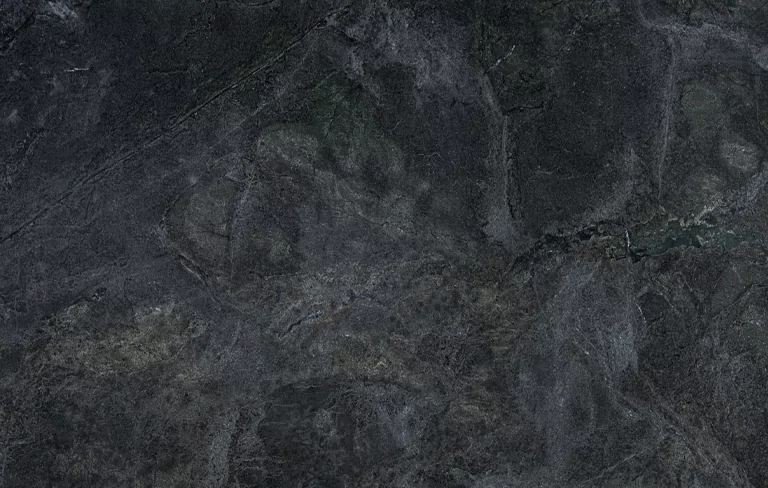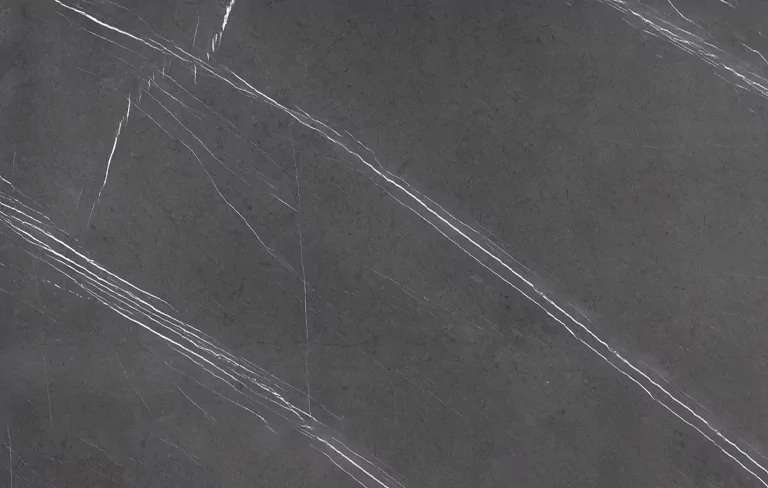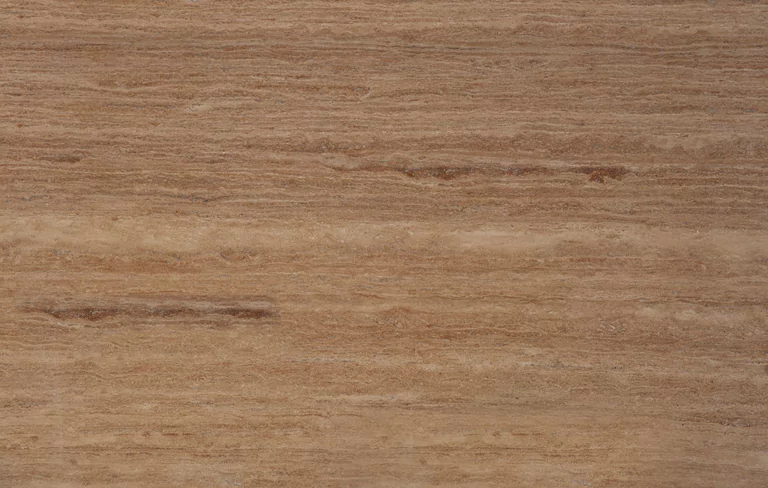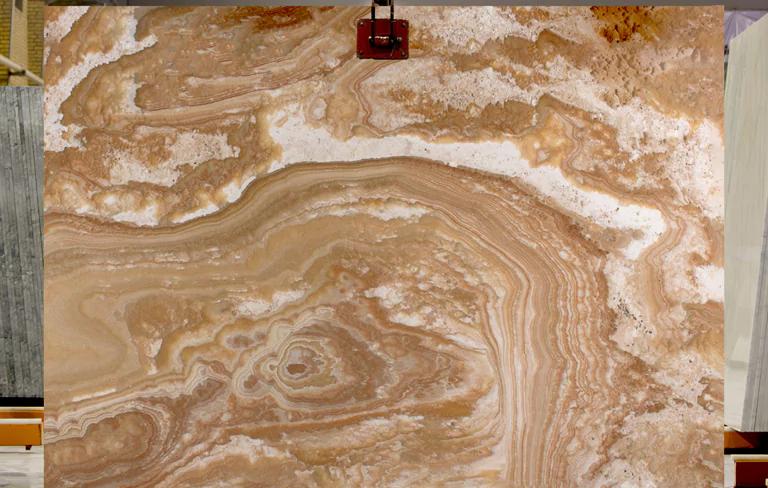The world of construction is intricately woven with the diverse tapestry of building stones, each type a testament to geological processes and human craftsmanship. As we embark on this comprehensive journey, we will delve into the various building stones, unraveling their compositions, exploring their unique properties, and deciphering the myriad applications that have shaped architectural landscapes across the ages.
Granite

Introduction
In the geological tapestry of our planet, granite emerges as a magnum opus—a symphony composed by the Earth itself. This igneous rock, born from an intricate dance of minerals, unfolds a narrative of durability, aesthetic richness, and architectural indispensability.
Composition
At the core of granite, a mesmerizing ballet unfolds—a choreography starring quartz, feldspar, and mica. Each mineral, a prima ballerina in this Earthly performance, contributes to the creation of a robust, enduring rock. Their harmonious collaboration results in the birth of granite, a testament to the geological forces shaping our world.
Properties
Granite, standing as a paragon of geological fortitude, boasts properties that transcend the ordinary. Its durability becomes a shield against the relentless onslaught of time, a guardian resisting erosion and weathering with stoic resilience. The rock’s hardness, akin to nature’s own chisel, ensures longevity, while its kaleidoscopic palette of colors—from regal blacks to the subtlest pinks and grays—transforms it into a living canvas, ready to be sculpted by the hands of architects and artisans.
Uses
In the grand tapestry of construction, granite assumes a role of prominence, finding its place as a stalwart companion in architectural endeavors. Its resilience becomes manifest in the grandeur of exterior cladding, where it stands as a shield against the elements, weathering storms and sunsets alike. As countertops, granite becomes more than a functional surface—it metamorphoses into an expression of sophistication and enduring elegance. Monuments, carved from this geological masterpiece, bear witness to the rock’s capacity to withstand not just the elements but the testaments of time itself.
Marble

Introduction
In the grand theater of geological transformation, marble takes center stage—a metamorphic spectacle that unfolds with grace and artistry. Born from the depths of metamorphic transformation, marble emerges as a canvas of elegance, a material that transcends structural integrity to become a medium for intricate craftsmanship and timeless beauty.
Composition
The genesis of marble lies in the alchemy of metamorphic processes, where calcite or dolomite minerals undergo a mesmerizing transformation. From this alchemical crucible emerges a rock that captivates with its ethereal beauty and inherent elegance. Marble, in its metamorphic splendor, becomes a testament to the transformative power of geological forces.
Properties
Beyond the bedrock of structural integrity, marble unveils its true artistic nature. The distinctive veined patterns, reminiscent of delicate brushstrokes on a canvas, elevate marble to the realm of living art. Its softer nature, a departure from the stoicism of granite, renders marble a sculptor’s delight. It invites the hands of craftsmen to carve intricate details, transforming blocks of stone into masterpieces that embody the marriage of nature’s creation and human artistry.
Uses
Under the touch of skilled hands, marble metamorphoses into flooring that echoes with timeless elegance. It graces countertops, becoming not just a functional surface but a statement of sophistication. Sculptures carved from marble breathe life into inert stone, capturing emotions frozen in time. Ornate decorative elements, intricately crafted from this metamorphic marvel, adorn spaces with a touch of opulence and grace.
Travertine

Introduction
Nestled within the spectrum of natural stones, travertine emerges as a testament to the sublime beauty born from the interplay of geological forces. This unique sedimentary rock, formed by the precipitation of calcium carbonate, unveils a story of timeless elegance, making its mark in both natural landscapes and architectural creations.
Formation and Composition
Travertine’s genesis unfolds in environments where mineral-rich waters interact with limestone, resulting in the deposition of calcium carbonate. Over time, this process gives rise to the distinctive porous structure that characterizes travertine. Composed primarily of calcite, it may also incorporate other minerals, contributing to the diverse palette of colors and patterns seen in travertine.
Properties
Travertine’s allure lies in its porous nature, a characteristic that adds depth and texture to its appearance. This porosity is a result of trapped gas bubbles during the stone’s formation, creating a unique pattern of voids. The colors of travertine span a spectrum from ivory and beige to walnut and gold, offering versatility in design. With a notable ability to take on a polished or honed finish, travertine adapts to various applications, retaining its inherent elegance.
Uses
Travertine’s versatility finds expression in a myriad of applications. Flooring paved with travertine exudes warmth and sophistication, while its application in wall cladding adds a touch of rustic charm. Countertops and backsplashes crafted from travertine bring a timeless aesthetic to kitchens and bathrooms. The stone’s ability to withstand external elements makes it a popular choice for outdoor spaces, where travertine pavers create pathways and patios that seamlessly blend with the natural surroundings.
Onyx

Introduction
Amongst the spectrum of captivating natural stones, onyx emerges as a beacon of elegance, known for its mesmerizing translucency and vibrant colors. Formed through intricate geological processes, onyx stands as a testament to the intricate beauty that nature can carve into the heart of the Earth.
Formation and Composition
Onyx is a variety of chalcedony, a form of microcrystalline quartz. It is typically formed in limestone caves by the slow flow of dissolved minerals, most commonly calcium carbonate. As these minerals precipitate, layer upon layer, onyx is created. The unique banding or veining pattern in onyx results from variations in the mineral content.
Properties
The defining characteristic of onyx is its translucent quality, allowing light to penetrate the stone and illuminate its intricate patterns. Colors range from shades of white and beige to vibrant hues of red, green, and black. Onyx is relatively soft compared to other stones, making it suitable for carving and intricate designs. Its surface can be polished to a high sheen, enhancing its visual appeal.
Uses
Onyx’s inherent beauty lends itself to a variety of applications. As a decorative stone, it is often carved into exquisite sculptures, vases, and decorative items. The translucency of onyx makes it a sought-after material for backlit installations, where it transforms into a radiant focal point in spaces like countertops, bar tops, and feature walls. Onyx is also utilized in jewelry, where its unique patterns and luminosity enhance the allure of fine pieces.
Limestone

Introduction
In the grand chronicle of Earth’s geological history, limestone emerges as a versatile and enduring chapter, woven with the fossilized remnants of ancient marine life. This sedimentary rock, shaped by millennia of natural processes, has found its place in architecture, art, and industry, showcasing both resilience and aesthetic appeal.
Formation and Composition
Limestone’s narrative begins in shallow marine environments where the accumulation of organic debris, predominantly calcium carbonate from the skeletons of marine organisms, forms sedimentary deposits. Over time, compression and chemical processes transform these deposits into the solid, sedimentary rock we recognize as limestone. The diversity of marine life captured in its composition gives rise to a myriad of colors and textures.
Properties
Limestone is celebrated for its durability and versatility. Its hardness can vary, but generally, it is workable enough to be carved or shaped for various applications. The stone often exhibits a spectrum of colors, from creamy whites to earthy browns, and may contain fossils, adding a unique character. While some varieties of limestone have a more uniform appearance, others showcase striking veining patterns.
Uses
The applications of limestone span a broad spectrum. As a building material, limestone is employed for facades, flooring, and structural elements due to its durability and the ease with which it can be quarried and carved. It is a favored material for sculptures and intricate carvings, where its workability allows for detailed craftsmanship. Crushed limestone is a key component in the production of cement, contributing to the construction industry.

 Marble
Marble